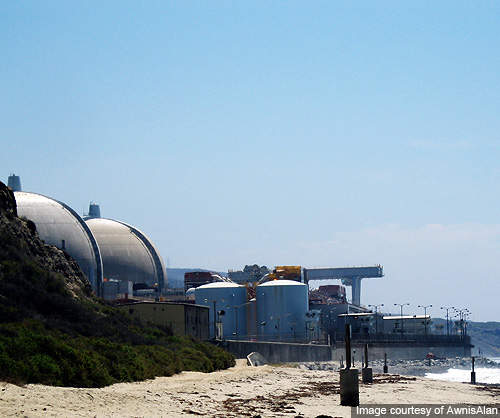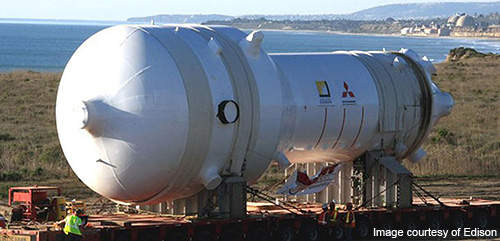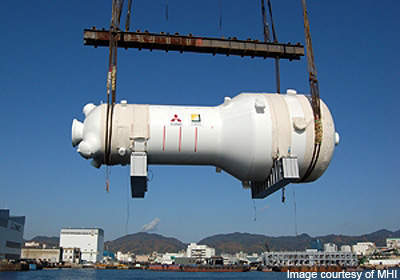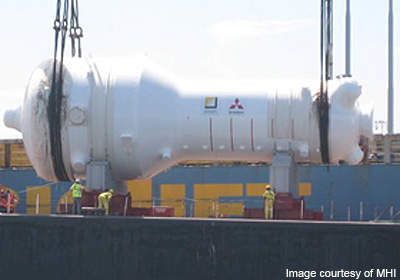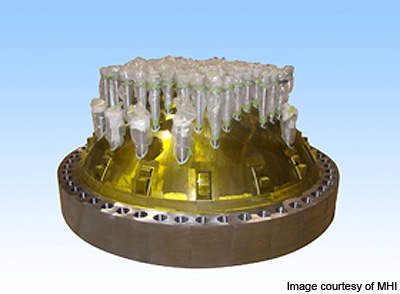The San Onofre Nuclear Generating Station (SONGS) is located 100km south of Los Angeles and 6.5km south of San Clemente in California. The two pressurised water reactor (PWR) Units 2 and 3 of the plant generate a total of 2,200MW, powering more than 1.4 million homes.
In February 2011, the plant witnessed replacement of steam generators and reconnection of Unit 3 to the national grid. The event marked the successful completion of a decade long construction project, which also involved replacement of the reactor vessel heads and rotor upgrades of the steam generators of the existing Units 2 and 3.
Estimated at $671m, the total project cost was shared by co-owners Southern California Edison (78.21%), San Diego Gas & Electric (20%) and the city of Riverside (1.79%).
Plant history
The SONGS commenced operation in 1968 with the commissioning of Unit 1. It was decommissioned in 1992 and defueled in 1993. Southern California Edison could not ship the reactor for disposal due to the large size and weight of the reactor pressure vessel and shipping package. Unit 1 is now being used as storage for spent fuel.
Units 2 and 3 turned critical in 1982 and 1983 respectively and are licensed up to 2022.
Steam generator replacement project
The four steam generators, two each of Units 2 and 3, needed a replacement as they were coming close to the end of service period. These were the last among the fleet of 52 reactors that were replaced in US.
The application for the steam generator replacement project was filed in February 2004 with the California Public Utilities Commission. It was approved a year later in 2005.
The project execution began after a cost-benefit analysis, which revealed that replacement of major parts and components would save $1bn for Southern California Edison customers during the plant’s license period.
A total of four new steam generators were replaced (two in each unit). Each of the replaced steam generator is 65ft tall, 22ft in diameter and weighs 640t.
The steam generator replacement in Unit 2 commenced in 2009 and was completed in the third quarter of 2010. The replacement of the Unit 3 steam generator commenced immediately thereafter. The replacement was completed during the reactors planned refuelling and maintenance period.
Other major works included replacement of the steam generator rotors and reactor vessel heads of both the units. The unit 2 rotor was replaced with new and upgraded generator rotor in June 2009. The displaced Unit 2 rotor was sent to Alstom’s workshop in Richmond for refurbishment and rewinding, and was later installed in Unit 3.
The new reactor vessel heads were delivered to the plant in December 2010 for replacement.
Development
Bechtel was responsible for creating a temporary opening, replacing the generators and resealing of the concrete protective domes. The company replaced the Unit 3 steam generator 80 days ahead of schedule.
The four replacement steam generators (RSG) were manufactured by Mitsubishi Heavy Industries (MHI) after they won the international bid in 2004. They were manufactured at the company’s Kobe Shipyard & Machine Works. Unit 2 was delivered in February 2009 and Unit 3 in October 2010.
In addition to the RSGs, MHI received additional orders for the supply of two replacement reactor vessel heads.
Construction and regular operation of the plant during the project implementation were monitored by the Nuclear Regulatory Commission.
Construction
Nuclear fuel from the reactors was removed and stored in a safe building designed for the purpose. The piping and support of the original steam generators was disconnected.
A 28ft x 28ft opening was created in the sides of domes to remove the steam generators.
A rail system was placed through the temporary opening of the domes to transport the reactors to the storage area. The new reactors were lifted by crane and transported through the same rails inside the domes.
New steam generators were connected to the pipes and support system and refuelled. The opening was resealed to an equal or greater strength.
The steam generators and components were inspected and test run before commencing the actual production.

